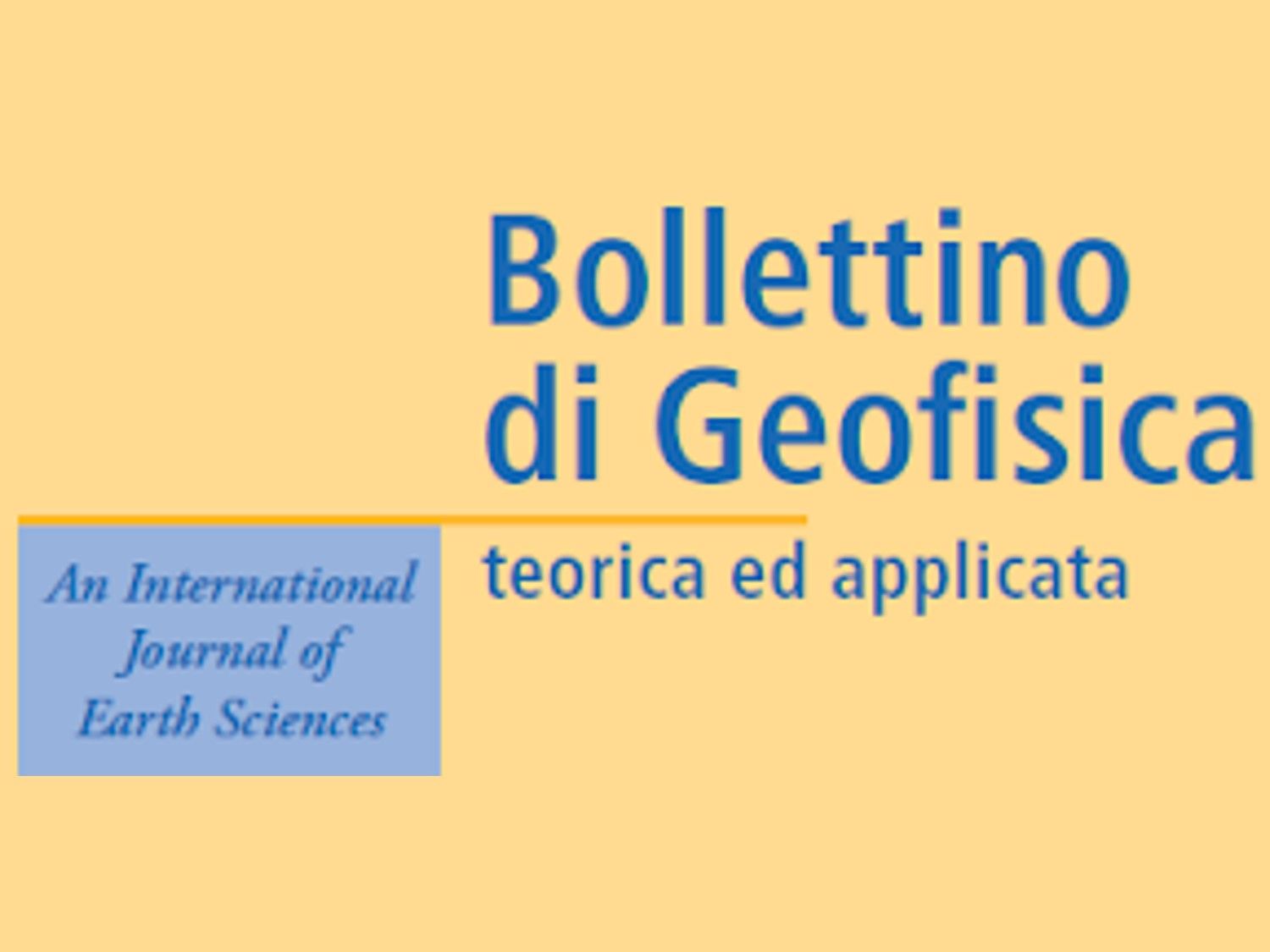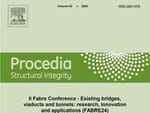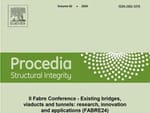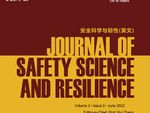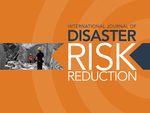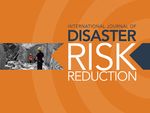Journal
Bollettino di Geofisica Teorica ed Applicata
Authors
Doglioni F, Grimaz S, Moretti A
URL
https://bgo.ogs.it/sites/default/files/pdf/bgta0260_Doglioni.pdf
DOI
Abstract
Cultural heritage constitutes a fundamental resource for a country, both in terms of cultural identity as well as tourist attraction. This is particularly true for Italy, where earthquakes have severely damaged monumental buildings and historical centres in the past, causing huge losses and requiring great efforts for the interventions. The 1976 Friuli earthquake was the starting point for a new, observational-based approach to the vulnerability analysis of historical buildings, and in particular to churches and bell-towers. This new approach enabled interpreting the mechanisms of damage and identifying the weakness points for a more effective and focused intervention of retrofitting. This paper presents a brief overview of how the 1976 Friuli earthquake experience contributed both to the knowledge of seismic behaviour of historical buildings and to the formulation of tailored safety upgrading projects. © 2018 - OGS.

